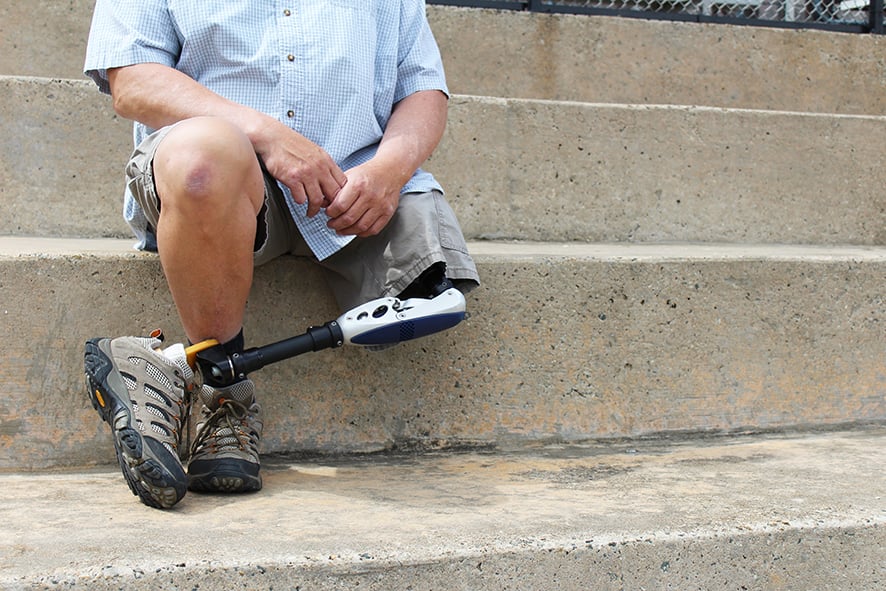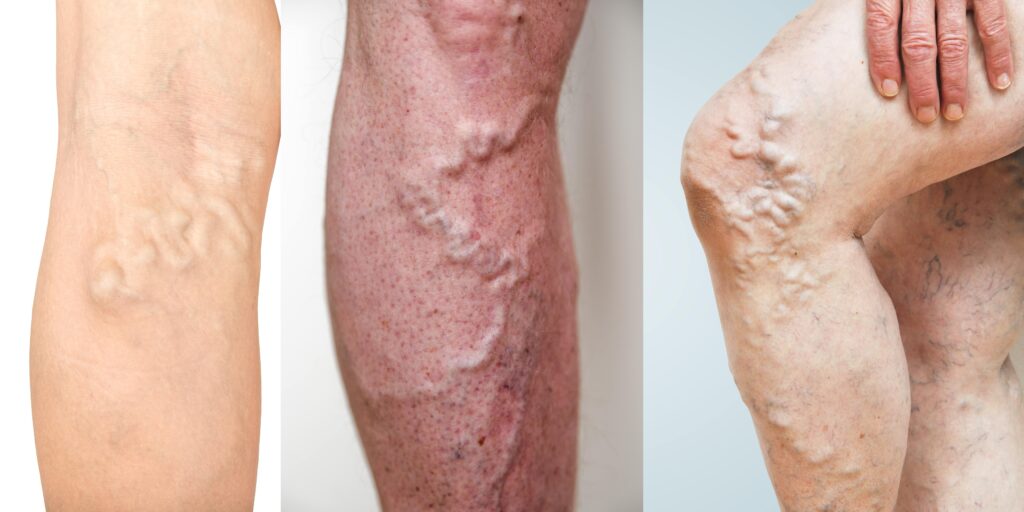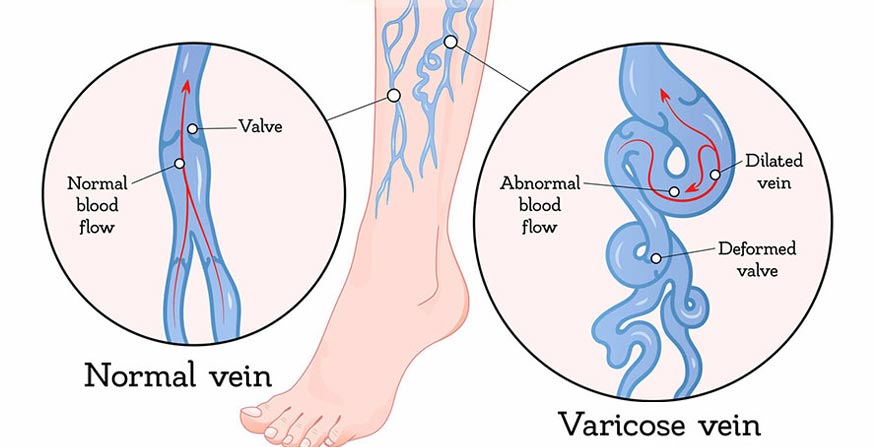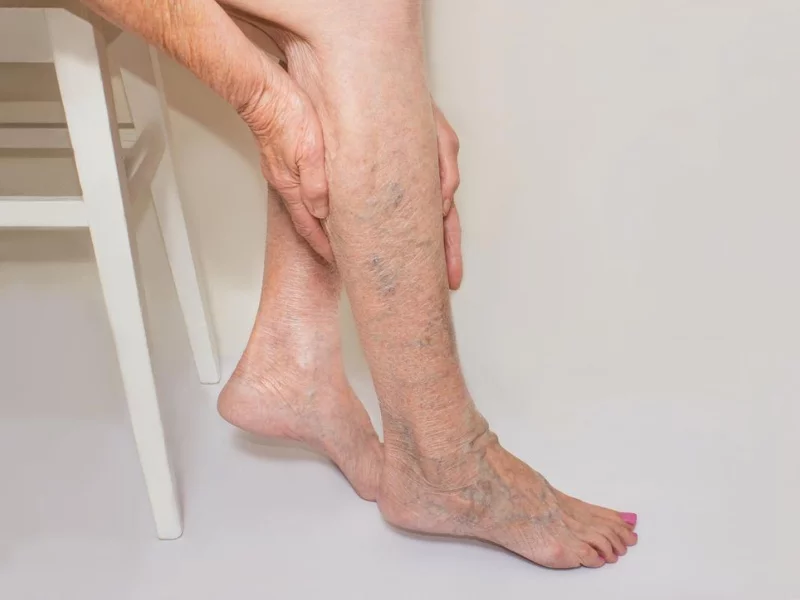1-Severity of PVD:
- In severe and untreated cases, Peripheral Vascular Disease (PVD) can progress to critical limb ischemia, resulting in insufficient blood supply to the limbs.
2-Tissue Damage and Complications:
- Critical limb ischemia can lead to non-healing wounds, ulcers, and infections, causing extensive and irreversible tissue damage.
3-Risk of Amputation:
- If complications persist without adequate treatment, the risk of amputation becomes a consideration to prevent the spread of infection and preserve overall health.
4-Importance of Early Detection:
- Early detection of PVD and prompt medical intervention are crucial to preventing the progression to severe complications and the need for amputation.
5-Lifestyle Modifications:
- Lifestyle modifications, including regular medical check-ups and adherence to a comprehensive treatment plan, can significantly reduce the risk of severe complications associated with PVD.
6-Preservation of Overall Health:
- Amputation may be considered as a last resort to preserve overall health when tissue damage is extensive and irreversible.
7-Seeking Medical Attention:
- Individuals experiencing symptoms such as leg pain, cramping, numbness, or skin changes should seek medical attention promptly to address underlying vascular issues and prevent potential complications.
Consult Dr. Kunal Arora, your trusted Interventional Radiologist in Goregaon. Experience cutting-edge treatments and personalized care. Book your appointment for advanced radiology interventions today!




